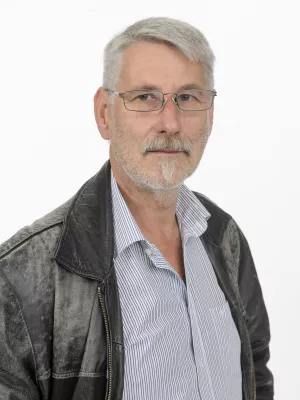
Anders Lindahl
Professor emeritus

Optimising Archaeologic Ceramics XRF Analyses
Author
Editor
- Santiago Thió-Henestrosa
- Josep Antoni Martín Fernández
Summary, in English
Department/s
- Department of Statistics
- Department of Geology
Publishing year
2015
Language
English
Pages
29-37
Publication/Series
Proceedings of the 6th International Workshop on Compositional Data Analysis
Full text
- Available as PDF - 449 kB
- Download statistics
Document type
Conference paper
Topic
- Archaeology
- Probability Theory and Statistics
Keywords
- Archaeologic XRF analyses
- Archaeometric experiment
- Ceramics analysis
- Elemental composition analysis
- Simplicial distance
Conference name
CoDaWork'15
Conference date
2015-06-01 - 2015-06-05
Conference place
L'Escala, Girona, Spain
Status
Published
ISBN/ISSN/Other
- ISBN: 978-84-8458-451-3

